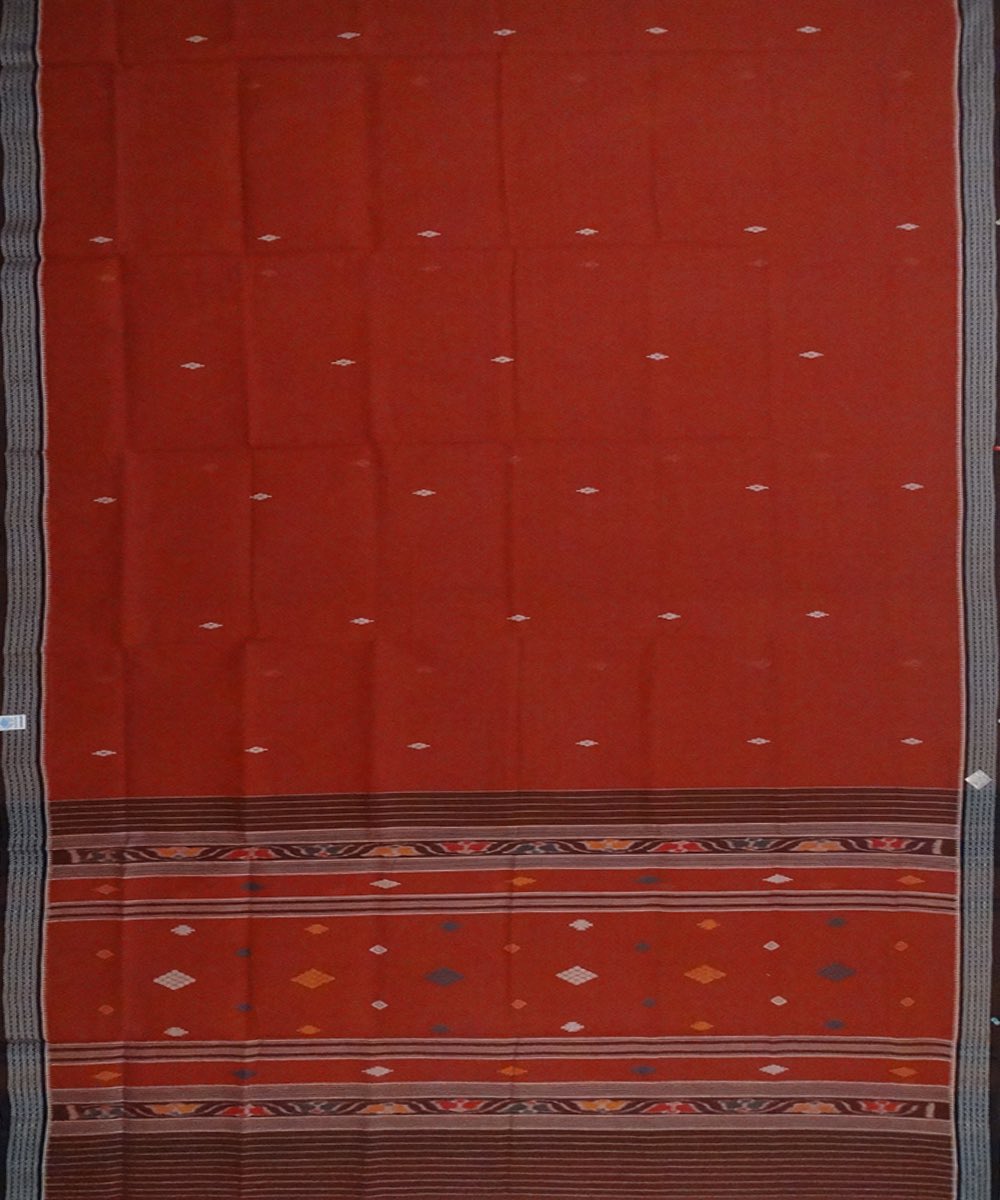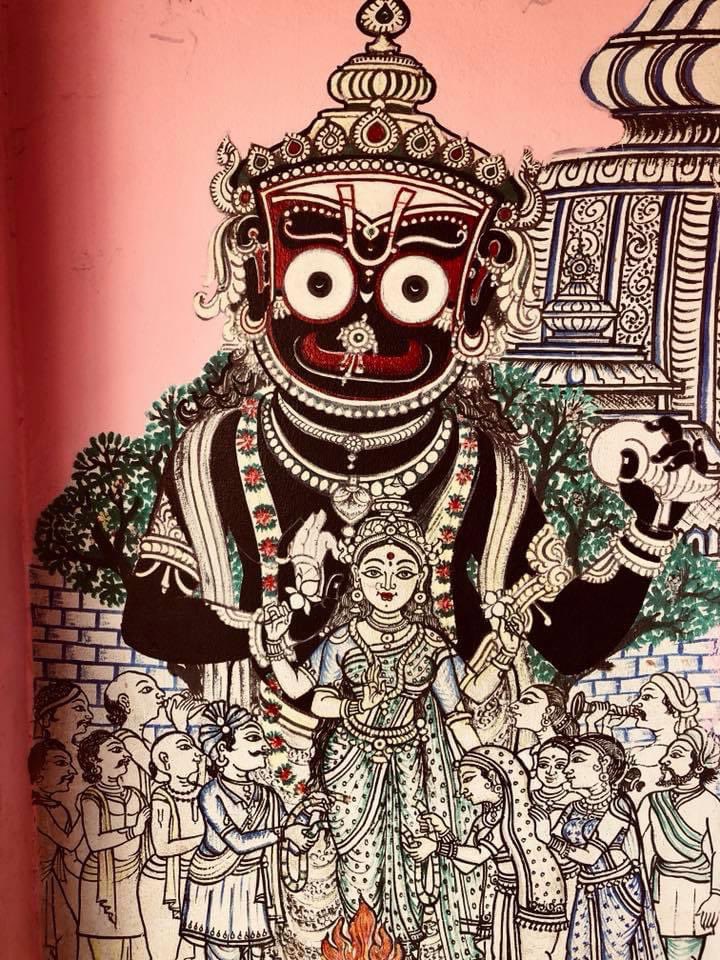
#thread #minimalism a friend had shared this meaningful meme, a picture with the legend, ‘the less you own, the less it owns you’. It was a powerful statement; one that has stayed with me. @jeetsingharya @BastarDistrict @sundar_IPS @rajat4bansal #bastarkibaate #minimalism 

There is a lot of talk these days about minimalism, particularly among the neo-rich urban crowd who are burdened with the ‘problem of plenty’. We live in a society that celebrates consumption and accumulation. I myself am a hoarder of all things handmade and beautiful. 

As a result, my home feels like a museum and my closet is overflowing with beautiful, hand-woven sarees. But even beauty is bondage. I realise that now, as I take my baby steps on the long road of #अनासक्ती 

Minimalism is a tool that can assist you in finding freedom. Freedom from fear. Freedom from worry. Freedom from being overwhelmed. Freedom from the trappings of the consumer culture we’ve built our lives around. 

The original Indian lifestyle has always been minimalistic. All of us have grown up in homes were reduce, reuse, recycle was a way of life. I realised that once again, very powerfully this time, when I visited a tribal home in a village in #Bastar. 

The home was fairly large, four specious rooms, with a generous sit out outside. There was one shelf for pictures of Gods and rows upon rows of corn cobs and bamboo shoots smoking over a mitti ka chulha. 

The kitchen consisted of a chulha and a shelf fitted into the wall that displayed vessels. The family was #atmanirbhar in almost all their needs. There was a traditional wooden flour mill, a hen coop fashioned out of bamboo, and a thatched cow shed. 

The matriarch kept a benign but watchful eye on babies as adults went about their daily chores. They brewed their own liquor from Mahua flowers, grew their own vegetables. Plates and glasses were fashioned out of leaves. Everything was natural, handmade and beautiful. 

There were no electronics in the home, not even the ubiquitous TV, though some adults had their own smartphones. The home is electrified and one room had a fan. But other than that, we could have been in a different world, a world free from the tyranny of consumerism. 

I cannot imagine being this minimalist, but the few hours I spent in their home made me take a long hard look at my own lifestyle. I pride myself on being a conscious consumer, but this encounter with the tribal culture made me realise how much I need to declutter. 

Maybe for the tribal family, this culture of minimalism is not out of choice, maybe given an option, they would choose consumerism. Maybe it is a lifestyle thrust upon them by tradition and lack of opportunities.
Maybe.
But the contentment I felt in the place was real!
Maybe.
But the contentment I felt in the place was real!

• • •
Missing some Tweet in this thread? You can try to
force a refresh


















